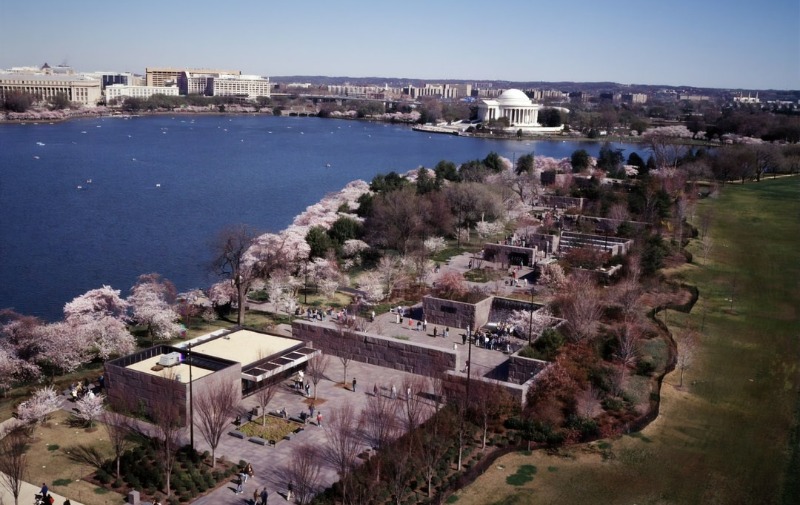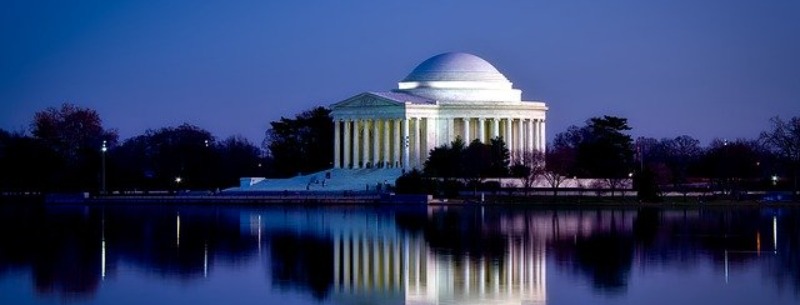When you think of Thomas Jefferson, the name brings to mind many thoughts – Colonial legislator, member of the Continental Congress, Virginia legislator and later Governor, Minister to France, Secretary of State, Vice President, and finally, from 1801 until 1809, President. He also started the University of Virginia.
But he is probably best known for being the principal author of America’s most important document to date in American history, and one of the top three today, the Declaration of Independence.

Jefferson was a Republican (think Republic, not the political party), and strongly supported the separation of church and state, the sovereignty of the people, personal property rights, and that corruption and inherited aristocracy was a serious danger. He strongly opposed centralized governments, preferring the rights of states and local authority.
He also co-founded and led the Democratic-Republican Party, which ultimately became the Democratic Party, but bears little resemblance today.
Thomas Jefferson defined a republic and wrote about one as:
“a government by its citizens… acting directly and personally, according to rules established by the majority…
…that the mass of the citizens is the safest depository of their own rights…
Tall and awkward, Jefferson was a gifted writer, but a poor public speaker. At only 33, he drafted the Declaration of Independence.
Twenty years later, he became the third President, where he reduced national debt while dramatically cutting the budgets of the military and Federal government. In his third year of office, he purchased the Louisiana Territory from France’s Napoleon in 1803, allowing for the expansion of the nation westward.
In 1800 he wrote in a personal letter to Dr. Benjamin Rush, where he stated, “I have sworn upon the altar of God eternal hostility against every form of tyranny over the mind of man.” This statement is inscribed in the Memorial.
You can visit his home in nearby Monticello, VA, where he died on July 4, 1826, on the 50th anniversary of the signing of the Declaration of Independence.
The Jefferson Memorial in the nation’s capital was originally opened in 1943 on the 200th anniversary of Jefferson’s birthday.
Designed by John Russell Pope, who also designed the National Gallery of Art and the National Archives, he took some flack when the design was reviewed. His concept of the structure, based on a neoclassical architectural style, incorporating a classic dome and Ionic columns, was considered passe’ by many in the late-1930s. Unfortunately, Pope died two years before construction was started.
The Jefferson memorial was constructed using Imperial marble from Vermont, Tennessee pink marble and white marble from Georgia. The total cost was just over $3 million.
The 19-foot tall bronze statue of Jefferson is by sculptor Rudulph Evans, who studied under the famous Auguste Rodin.
The Jefferson Memorial is probably best viewed on a calm night, with its stunning reflection in the Tidal Basin.
Thomas Jefferson Memorial
East Basin Dr, SW., between Ohio and Maine Avenues
Washington, DC (map it)
Dates and Times – Open daily, 24-hours. National Park Rangers are on duty to answer questions from 9:30 a.m. until 11:30 p.m. daily.
Tickets – Admission is free.
Nearest Metro Subway Station – Foggy Bottom – Blue or Yellow line, then a 3/4 mile walk.
Parking – Metered street parking is available within a couple of blocks of the memorial, but is at time-limited, especially on weekends.
